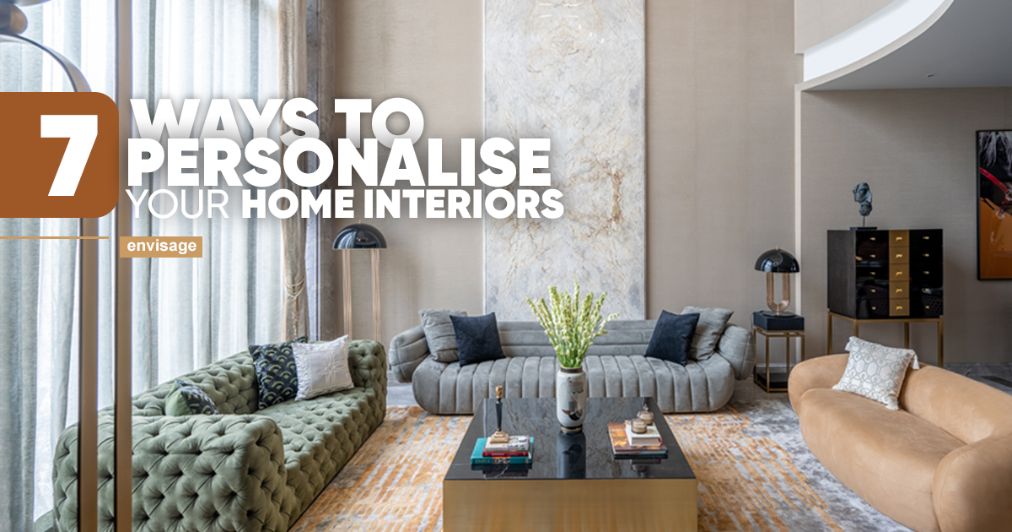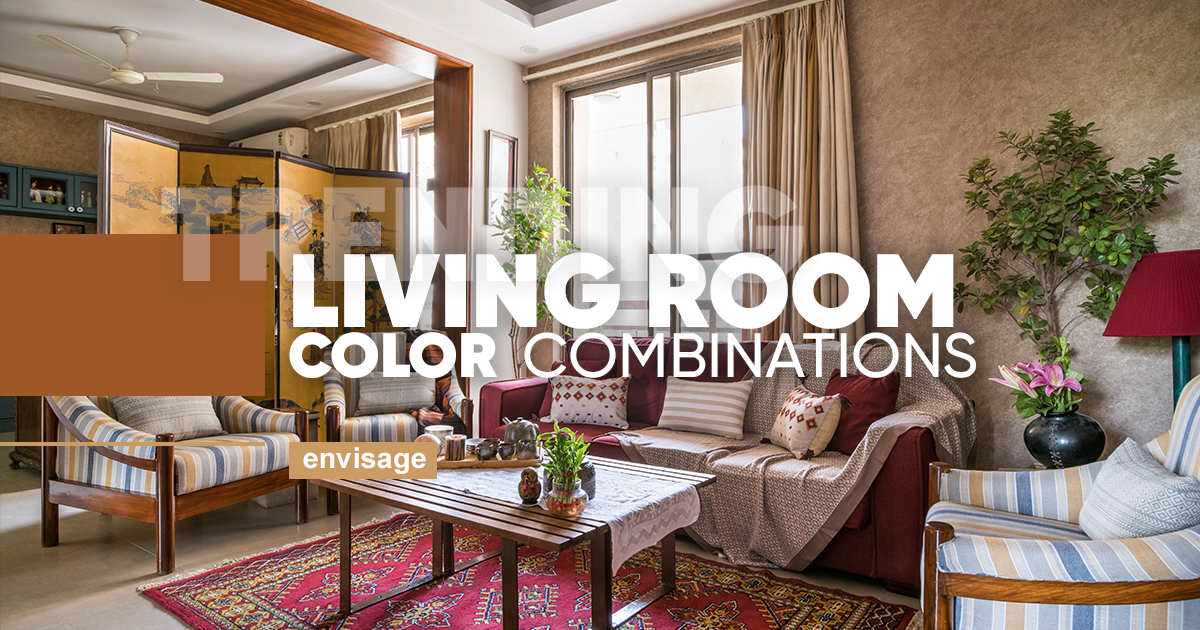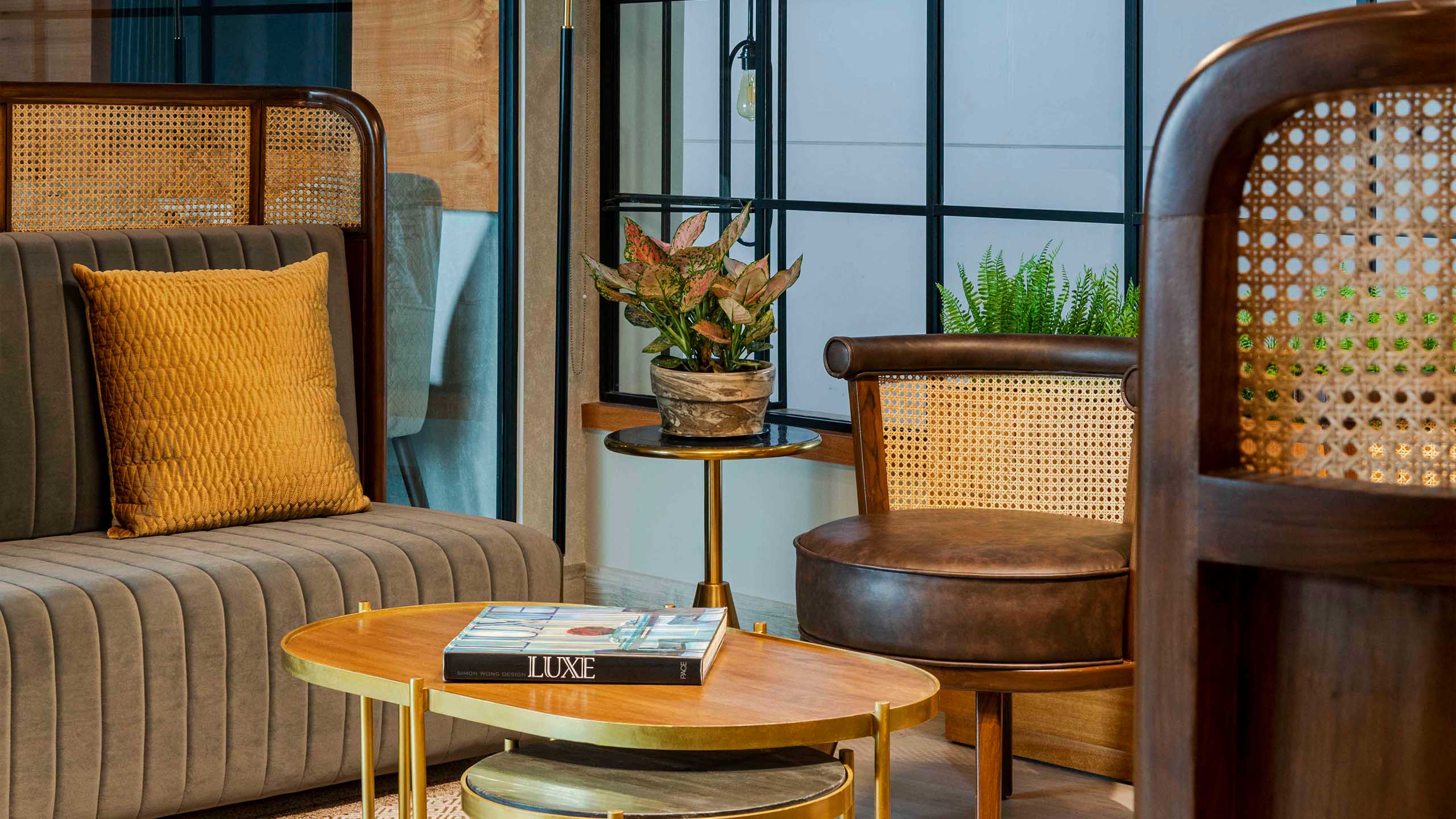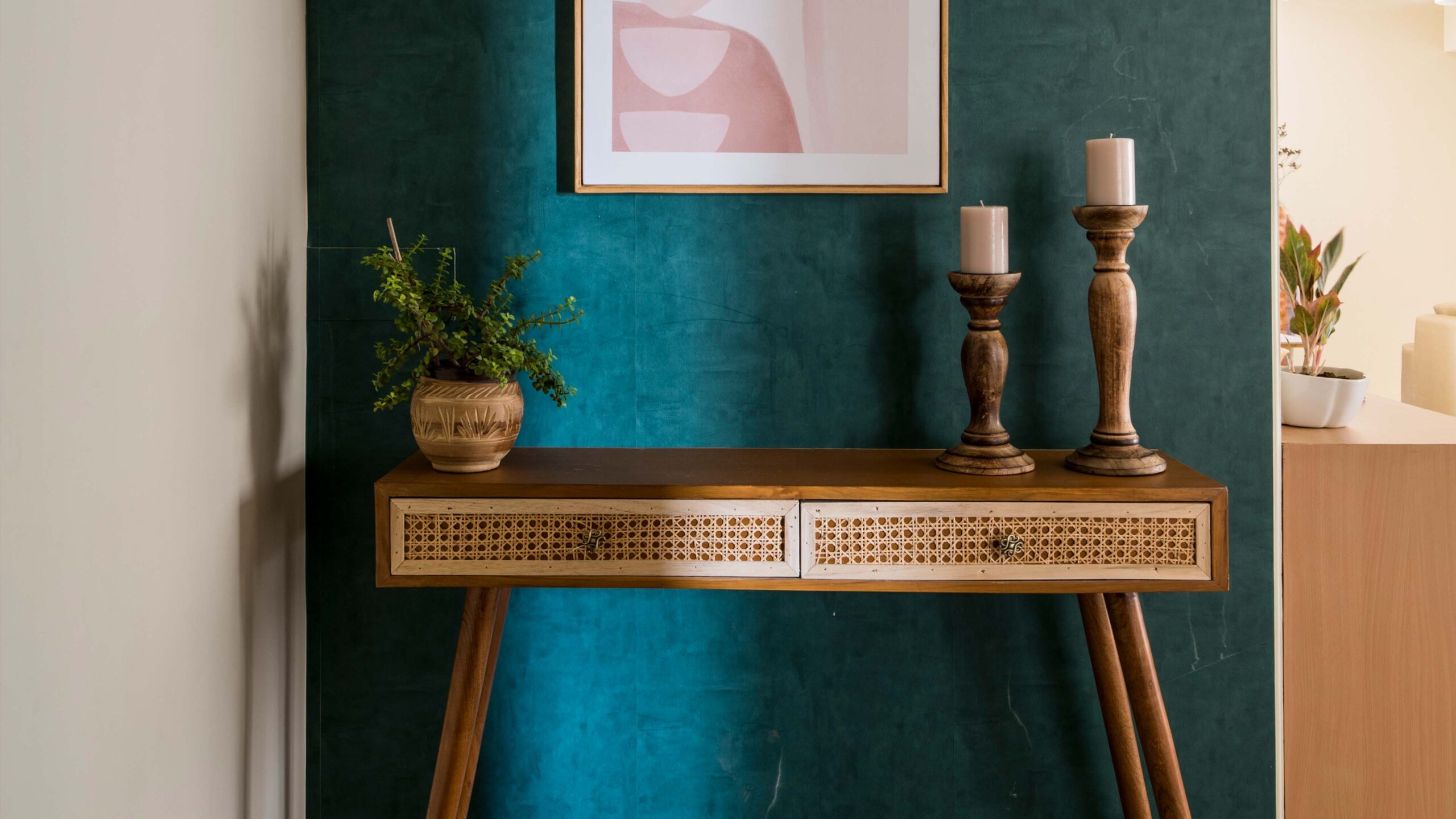Want to know how offices will look post COVID-19
- Blog
As shared in an exclusive interview with the Times of India, the changing times are not only for the way we are going to live our life but also how our offices are going to make amendments. The current situation demands that offices relook at spaces on multiple levels, and holistically. All data needs to be analyzed in order to mitigate risks while developing guidelines or solutions, such as spatial planning, team schedules, working processes etc.
Post COVID, what kind of space preparedness offices should be looking at?
Apart from the layout of the space and circulation which are the immediate factors that impact ‘space preparedness’; one also needs to look at building services, ventilation, materials, sanitation, office demographics, regulations and processes etc., all from an analytical point of view.
Faced with a challenge, most corporate houses have risen to the occasion and taken a paradigm shift towards working from home. This would be a trend that is here to stay for a long time, albeit in slightly smaller proportions. It warrants a footfall recalibration, thus ensuring more area per user within the office. This eventually helps in implementation of social distancing modules- such as the 6-feet-office model successfully.
Currently, with uncertainties of the future, corporates are not looking into ‘new’ spaces for their interiors, in the hope that the current situation is temporary, and the old normal will be back eventually. Workspaces are only being rearranged to ensure minimum six-feet radial gap between employees, along with other changes that will mitigate risks. Conference rooms are being planned to allow occupancy by half the number of people and can be used as additional workstations. One-way movement, which is most efficient, will be decided and floor-markers are added to ensure the same. A glass clip-on partition can be added wherever necessary between workstations across the office to facilitate segregation of space.
Parking is one of the most crowded areas of the office. What could be the way forward?
Office parking is of two kinds- user and visitor. For the user parking, it is imperative that timings are staggered according to office teams, which would ensure ease of collaboration in the office as well as managing the parking numbers. The load on visitor parking can be lightened by allowing visitors only on appointment. Apps such as getmyparking, parkingrhino etc. are being developed by start-ups that would help one book a parking slot, even before arriving at the venue. These would come in handy in managing parking efficiently.
What kind of canteens or breakout areas can be seen in the future offices?
As it has been rightly said, social distancing is the need of the hour; not emotional distancing. It is a basic necessity for people to meet and interact for their mental and emotional well-being, which in turn plays a huge role in employee productivity as well. Teams should be allowed to choose a breakout period for themselves; this would ensure ease of planning the rest of the day accordingly. Such plans would also allow everyone to use the breakout space during the span of the day, without crowding the area. With teams having distinct operational and breakout timings, it is akin to developing individual timetables for them, in order to avoid unplanned congregations.
What is the future of office architecture – cubicles means companies need to buy more space and open desks means health risks. What is the best option for those who want to start a safe office?
Most office owners would like to believe that the new spatial norms are temporary-and it would continue so for a couple of years, before reverting to the previous model. This is because the new norms surge the ‘per desk’ cost to the office, both in terms of floor area requirement- which gets upped by 50% to seat the same number, plus an additional 30% in infrastructure and 50% increment in the running cost.
Although the Work from Home (WFH) concept permits most companies to address this issue by balancing out the numbers, quantifying productivity becomes a challenge. Thus, most companies would eventually want to return to being as close to the old normal as possible. Thus, the changes that one would bring about today should be easy to revert to and modify as and when one deems it to be necessary. Cubicles could be designed to resemble isolated larger workstations instead of rooms with visitor chairs. (As the latter would again be redundant in the current scenario). Partitions could be made of glass and covered with roller blinds instead of frosting films, to allow the user to experience a feeling of a larger space, yet giving them privacy when needed.
For Sales offices, one should invest in technology in order to minimise initial in-person meetings. When one eventually reaches the negotiation level, then meeting rooms with tables equipped with sneeze-screens should be used. This would ensure user safety and allow them the opportunity to interact with each other in a physical space as well.
Workstations could continue to be open-planned, but with some screening devices separating teams, which could be fixed or foldable. The desks need to be modular in nature accommodating one per module, so that they can be placed at a required distance from each other. This would also help in rearranging them in the future whenever required, and would enable addition of modules later if necessary. Larger tables would be wasteful as no one needs 6-feet of table width for standard office operations.
Is there any special kind of furniture a company needs to look at which attracts less health risks in comparison to the cushioned ones most of them use presently.
Useful office furniture includes desks, chairs, sofas and workstation partitions. Desks are easy to clean and so are mesh chairs. Veneer can easily be replaced by laminates, as most disinfectant sprays tend to stain polished surfaces. Sofas can now be made of leatherette as it is easy to wipe them clean, as opposed to fabric. There are fabric spray coatings available in the market such as scotch guard that coat the fabric with a thin membrane making it absorption resistant- all of these are easy to manage materials that easen the load on the furniture.
The partitions are of concern as well as most offices have pin-up boards. These fabric-clad boards are touched frequently and can easily be replaced by magnetic laminates. Magnetic laminates act as magnetic boards which can be used to hold paper up with magnets and can be used as a writing board with a washable marker as well.
Most of these changes are certainly a step towards being sensitive to our surroundings and making our spaces healthier. On that line of thought, let us hope that this change of approach is permanent. The fear however, is something that needs addressing- It is the need of the hour to respond to these new challenges. It is time to reboot and restart.




